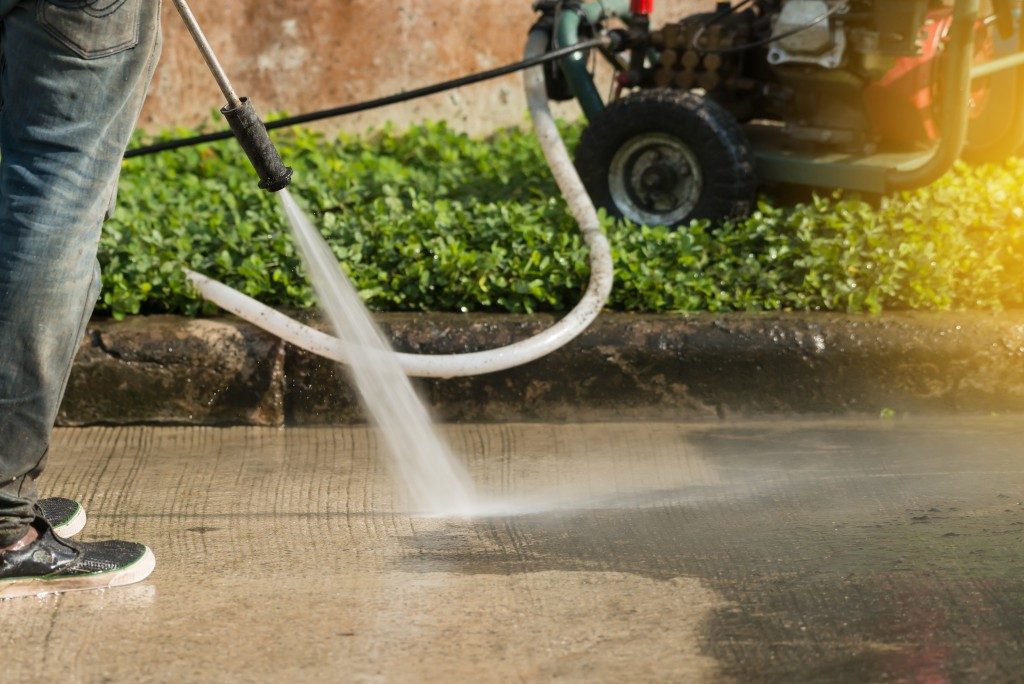Many countries are now focusing on reusing and recycling materials, especially those that are limited. One resource many people take for granted is water. Many people do not realise that even though the Earth is made up of two-thirds of water, the potable water supply is only 2 per cent.
Many nations now realise the importance of ensuring continued fresh water supply for the world’s 7.7 billion population. Treating wastewater has become one of the best ways to reuse limited water supply.
Proper wastewater treatment is essential to guarantee the safety of our water supply and protect the health of people and animals that live near aquatic areas. The treatment uses biological, physical and chemical processes to make wastewater usable again.
Chemical Treatments
Chemical wastewater treatment involves using chemical reactions between contaminants and reagents that will improve the water’s quality. These reactions result in the formation of harmless compounds or precipitates.
These precipitates take away pollutants from the water and make them clean again. Chemical wastewater treatment is effective, inexpensive and unlike most options do not need a considerable upfront investment. The following are some of the common chemical wastewater treatment techniques.
Coagulation 
This process involves the addition of chemicals to destabilise water particles and boost their aggregation. The chemicals introduce positively charged ions which reduce the negative ions of fine solid particles and cause them to form large groups. After formation of large groups, a flocculant is introduced to react with the positively charged mixture and create bridges which bind the large particles to form sediments. These sediments settle at the bottom of your tank, and the clean water is then filtered out.
Precipitation
This process is commonly used to remove dissolved toxic metals. A precipitation reagent is introduced in your wastewater causing the formation of solid particles from the dissolved minerals. These particles are then filtered out. The success of precipitation depends on the metal type and concentration in the wastewater and the reagent you use.
Chlorination
This process involves using chlorine, which will be added to water to kill bacteria and reduce the rate of wastewater decomposition. The chlorine affects different crucial biological processes needed for microorganism survival, which kills them in the process. It is a readily available treatment method, but caution is necessary to get the right dose of chlorine required for effective treatment.
The above chemical methods are usually used together with physical water treatment methods. The ideal option for you depends on the desired quality of your treated water. You should discuss your needs with a wastewater treatment expert before settling on a treatment method. Water is a limited resource that every living thing needs to survive. Unfortunately, the world has been wasting this resource and dangerously putting human populations at risk. But saving water is not enough; countries need to find ways to reuse wastewater used in extensive manufacturing needs. There are now methods that could help us reuse and recycle this important resource, and ensure that the human species will continue to thrive in the next thousand years.




